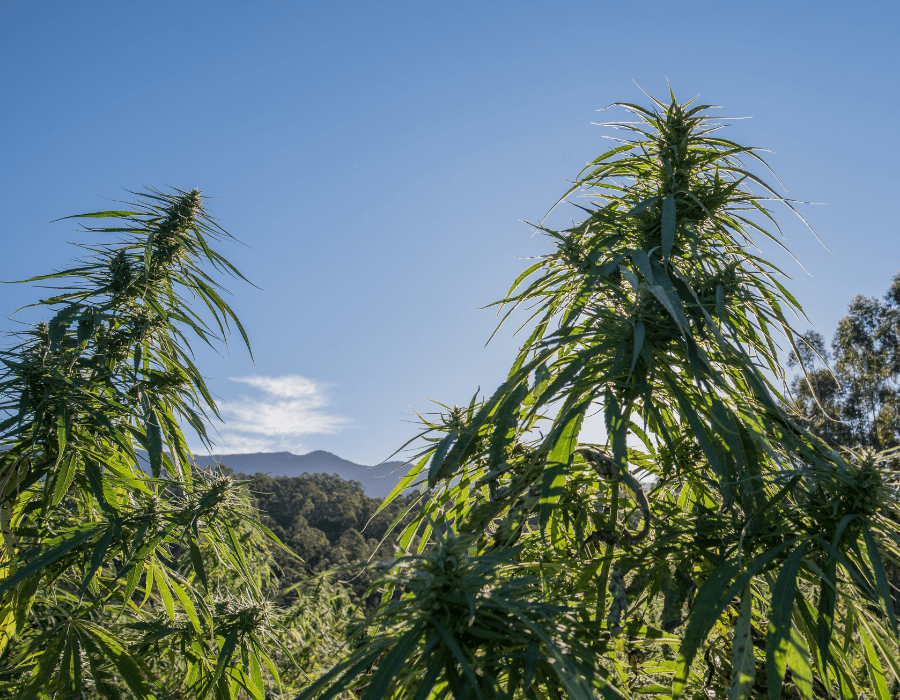If you’re fortunate enough to live in a country, state or province that has legalized marijuana, you’re likely itching to try growing some cannabis plants of your own. The same could be said for those living in rural, open spaces who don’t have to deal with the prying eyes of nosy neighbours.
Embarking on your own cannabis growing venture is a highly satisfying experience from beginning to end and one which will save you a good amount of money! While it may be tempting to jump into indoor growing for its secrecy and level of controllability, the initial cost of setting up a grow room can quickly escalate into the thousands.
Outdoor growing, on the other hand, is relatively inexpensive. The grower will initially have to fork over some cash for the cost of containers (fabric grow bags are a favourite among outdoor growers), high-quality soil, and of course, some marijuana seeds. Depending on the soil quality where you live, you may or may not have to amend your natural soil. However, most growers prefer to, especially with perlite or vermiculite, to promote drainage and aeration of root zones. Other popular amendments include blood meal, bone meal, oyster shell, bat guano, and compost.
Outdoor growing comes with its own unique set of challenges that indoor growers do not face. While indoor growers must concern themselves with pests, the likelihood of an infestation is far less significant than for outdoor growers. In addition, outdoor growers must take steps to prevent attacks from below by such subterranean predators as moles or gophers. Most growers surround their plants’ root zones with chicken wire, landscape fabric, or some other underground barrier to keep these vermin at bay.
Despite a few extra necessary precautions, outdoor growing can be extremely productive, with some weed strains reaching 3-4 meters in height. Monstrous plants of this size are easily capable of supporting many ounces, and sometimes even kilos, of top-quality smoke. Additionally, cannabis is a sun-loving plant and tends to grow with incredible quickness when exposed to full sun.
Outdoor marijuana, also known as “sun-grown,” tends to possess a greater spectrum of compounds and cannabinoids than its indoor counterpart. The exposure of marijuana plants to full sun allows them to take in the full spectrum of visible light, as well as some ultraviolet (UV) and infrared (IR) light. Providing a plant with the full light spectrum, as only the sun can, boosts the development of many compounds that can be lacking in indoor cannabis. For this reason, many medical marijuana patients tend to favour outdoor, sun-grown cannabis over indoor.
